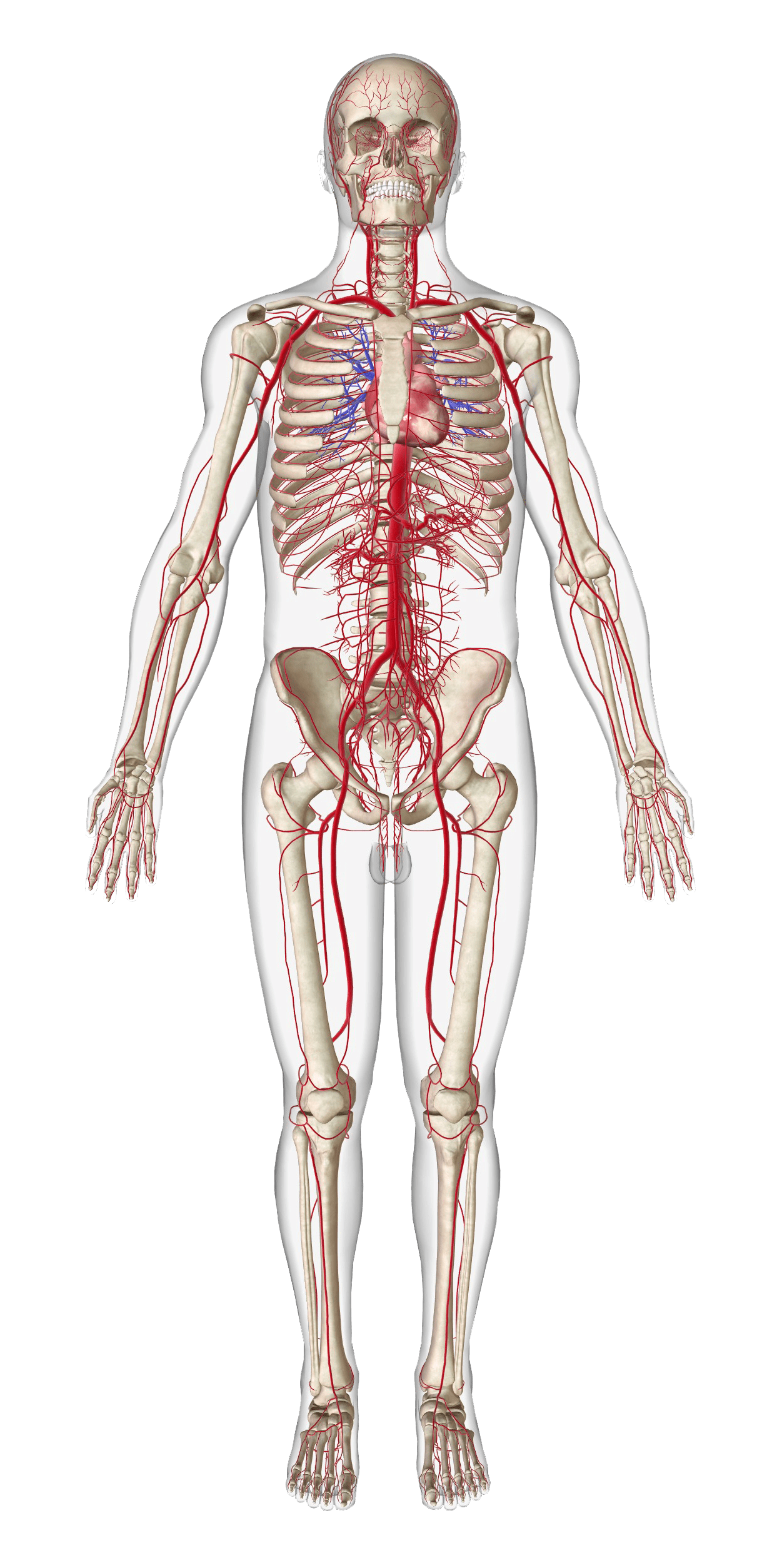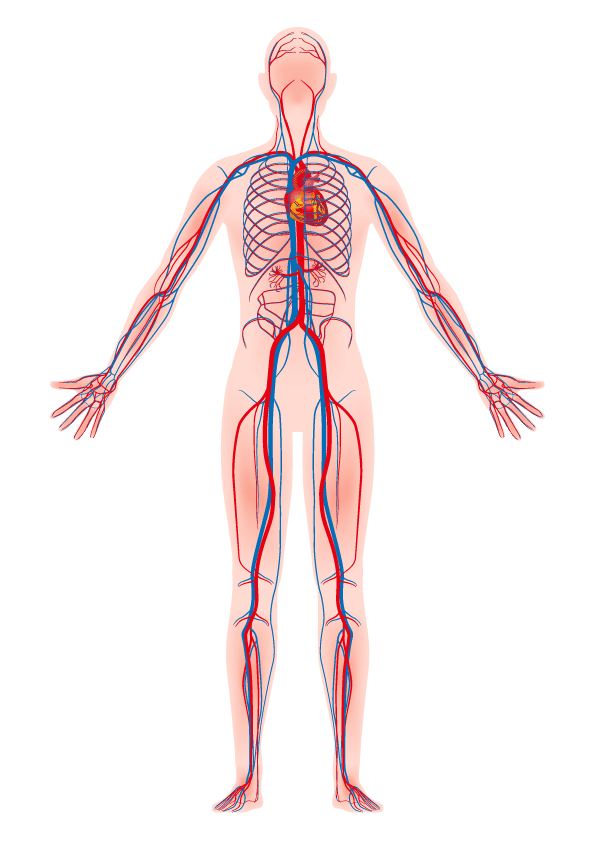A New Solution For
VASCULAR DISEASE
A Large Global Challenge
Peripheral Artery Disease (PAD) is a significant and growing global issue, affecting over 20 Million people in the US, and over 200 Million people worldwide.
Here are some important points to note:

A Large Global Challenge
Peripheral Artery Disease (PAD) is a significant and growing global issue, affecting over 20 Million people in the US, and over 200 Million people worldwide.
Here are some important points to note:

0M
people globally suffer from PAD
0M
people in the US suffer from PAD
0M
in the US are diagnosed with PAD every year
0M
people globally suffer from PAD
0M
people in the US suffer from PAD
0M
in the US are diagnosed with PAD every year

Physicians seek to:



Physicians seek to:








